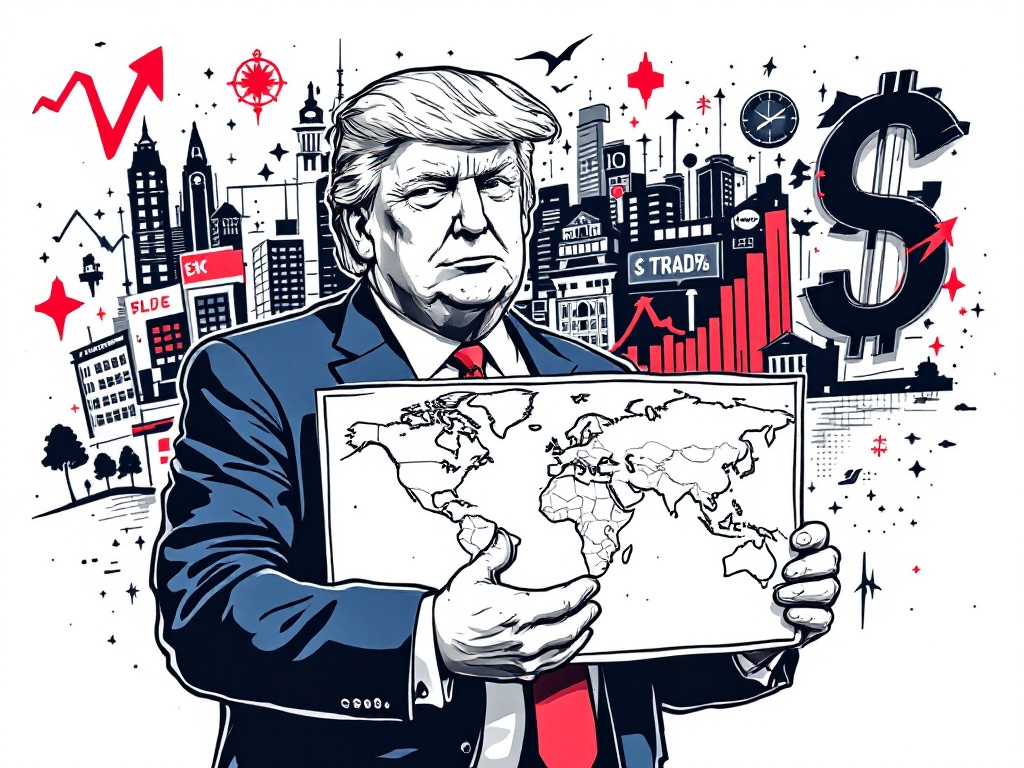Trump's Tariff Plans Expected to Reshape Global Trade in 2025

Global, Thursday, 9 January 2025.
Donald Trump’s proposed tariffs could significantly alter international trade dynamics, potentially harming economic growth in countries like Mexico and Canada, and creating global economic uncertainty.
Unprecedented Tariff Strategy Takes Shape
As Trump’s inauguration approaches on January 20, 2025, his administration is crafting a comprehensive tariff strategy that marks a significant shift from traditional trade policies. While initial campaign promises suggested universal tariffs of 10-20% on all imports [2], recent developments indicate a more targeted approach focusing on critical sectors including defense supply chains, medical supplies, and energy production components [2]. The president-elect’s team is specifically considering tariffs of 25% on Mexico and Canada, and 10% on China [2], while exploring the possibility of declaring a national economic emergency to implement these measures [3].
Global Economic Implications
The International Monetary Fund projects global economic growth at 3.2% for 2025 [1], but these tariff proposals are creating significant uncertainty. Former IMF Chief Economist Maurice Obstfeld warns that new tariffs could be ‘particularly devastating’ for Mexico and Canada, potentially disrupting crucial supply chains and throwing the world into recession [1]. The impact could be especially severe in the technology sector, where the Consumer Technology Association predicts price increases of up to 68% for laptops and tablets under the harshest tariff scenario [5].
International Response and Tensions
Trump’s aggressive trade stance has already sparked international pushback. Canadian Prime Minister Justin Trudeau firmly rejected Trump’s economic pressure tactics on January 6, 2025 [4], while Canada’s Foreign Minister Mélanie Joly criticized Trump’s approach as showing ‘a complete lack of understanding’ [4]. The situation is further complicated by Trump’s controversial statements regarding territorial expansion, including threats to seize the Panama Canal and acquire Greenland [3], which Danish Prime Minister Mette Frederiksen firmly rejected, stating ‘Greenland is not for sale’ [3].
Economic Indicators and Market Response
Current economic indicators show varying levels of inflation across major economies, with the US at 2.7%, Eurozone at 2.2%, and UK at 2.6% [1]. The Federal Reserve, having implemented three consecutive interest rate cuts, is now signaling caution about further reductions [1]. JP Morgan’s Head of Global Macro Research, Luis Oganes, suggests that ‘everything points to continued US exceptionalism at the expense of the rest of the world’ [1], highlighting the potential for significant global economic disruption as these policies unfold.